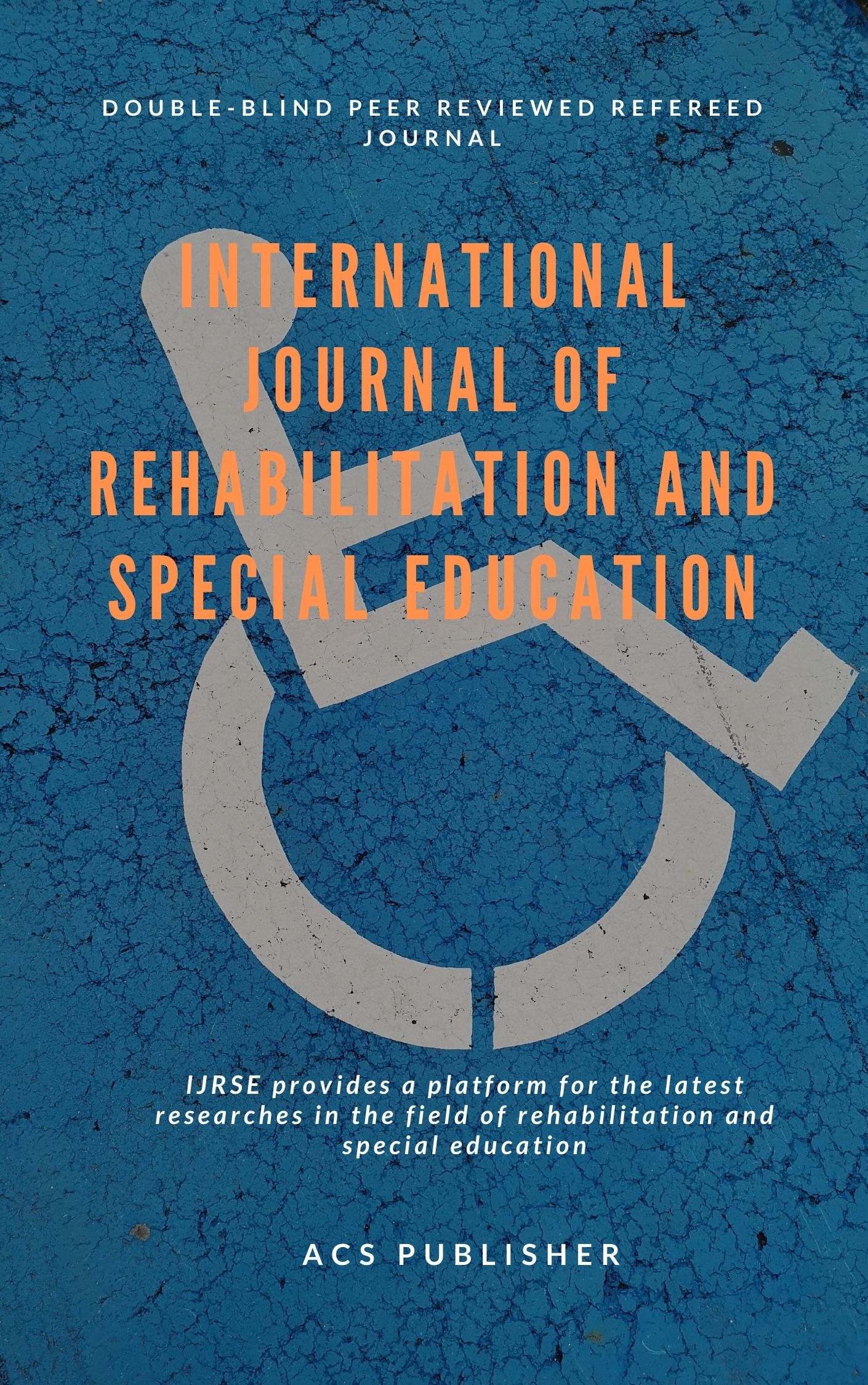Usage Of Sign Language In Developing Science Practical Skills Among The Learners With Hearing Impairment In Inclusive Schools
DOI:
https://doi.org/10.48165/IJRSE.2021.1103Keywords:
Science Practical Skills, Indian Sign Language, Learners with Profound Hearing Impairment, Inclusive Schools, Barriers and Science EducationAbstract
The current research explored the effectiveness of using Indian Sign Language (ISL) as an instructional medium for developing Science Practical skills among LwPHI. Methodologically, the research falls under the mixed-method research paradigm. This study had one group, pretest post-test design and the sample was selected through purposive sampling. The data was collected from 10 Science teachers and 20 LwPHI studying at the upper primary sage in the Inclusive schools of Delhi, India. The researcher used interview schedule, rubrics, and Science practical lesson plans as the tools. The intervention phase was designed to develop the skills related to 4 important components of science practical i.e. procedural and manipulative skills, observational skills, drawing skills, and Interpretive & reporting skills. On analysis of the descriptive statistics, it was found that there was a mean gain difference of 14.95 between the pre-post test scores and 0.423 in the standard deviation. The hypothesis testing was done through Wilcoxon signed-rank test statistical analysis, Z: -3.936, P-value was less than 0.05 (0.000<0.05), indicated that there was a significant difference in the performance and hence, H0 was rejected. The qualitative analysis of the rubrics and interview revealed that the LwPHI not only had limited ability to connect the science content taught in the classrooms to their daily life but also were less aware of science as a subject and had many misconceptions. And, due to the communication gap, this learning gap was widening. The analysis of data collected after the intervention indicated improved content understanding, a rise in science vocabulary, and awareness of scientific terminologies. The finding of this study is in coherence with the preceding researches and acknowledges that the curriculum objectives are better attained by learners if they are delivered in the respective learner’s first language.

